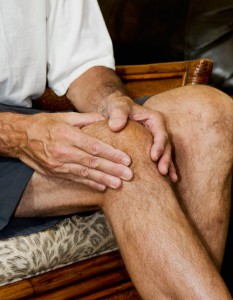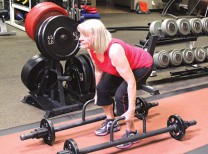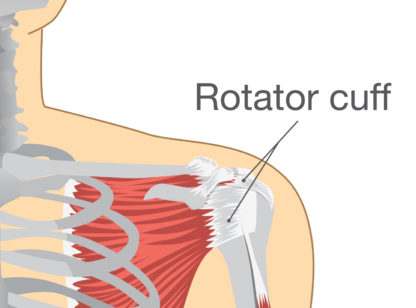An estimated 27 million Americans have some form of osteoarthritis. Joint replacement surgery is considered the most effective option for reducing disability and restoring function of those suffering, and 95% of patients report that they are satisfied with their procedure. That is probably why there are more than 4.5 million Americans currently living with at least one Total Knee Replacement (TKR).
What are some of the indications for considering a TKR?
Pain! Generally described as a dull ache that is difficult to localize, is aggravated by activity during the day, and often followed by pain in the evening.
Functional Limitations. Limiting activity due to pain can often lead to progressive muscular weakness, increased joint stiffness, and the loss of motion needed for many activities.
Quality of Life. Patients often ask, “How will I know when I need a knee replacement?” It is truly when the pain in your knee prevents you from living the life you want to lead. If you are making decisions about activity based on how your knee will react, it is time to look into your options on how to improve that situation.
Preparation. Pre-operative physical therapy can be an important part of your preparation for surgery. Improving your physical condition as well as the strength and range of motion at the knee can help to ensure a positive post-operative outcome.

Knee replacement is a viable option for many
What can you expect after Total Knee Replacement?
Of course, there is going to be the normal post-operative pain and swelling. Your physical therapist’s goal will be to help you regain your knee mobility and strength as quickly as possible. To ensure a full return to function and an optimal recovery you will need to put in a little hard work.
That work will begin with the physical therapists in the hospital the day of surgery. You will be instructed in safe mobility with an assistive device (likely a walker or cane). Following a 2-4 day stay in the hospital you will usually be seen for in-home physical therapy for 2-4 weeks. You will slowly be weaned from your assistive device to walk independently. Somewhere between weeks 3-5 you will likely begin outpatient physical therapy where continued focus will be given to controlling swelling, improving your lower extremity strength, maximizing range of motion, and most importantly getting you back to the activities you love.
As your strength and range of motion normalize, your physical therapist will begin to add more dynamic and functional activities to address the specific demands of your return to life, work, and sport. Usually within 10-12 weeks of surgery most patients have returned to the vast majority of their daily activities without pain or limitation.
TKR is a long process, but can be worth it. Prepare yourself mentally and physically, follow physician instructions, give yourself the time to heal, and work hard in physical therapy.
Dr. Luke Gentry is the clinic director of Avid Physical Therapy’s Cathedral City office and can be reached at luke@avidphysicaltherapy.com (760) 202.0368.












































Comments (0)